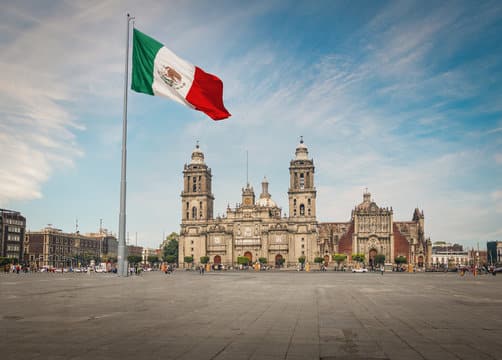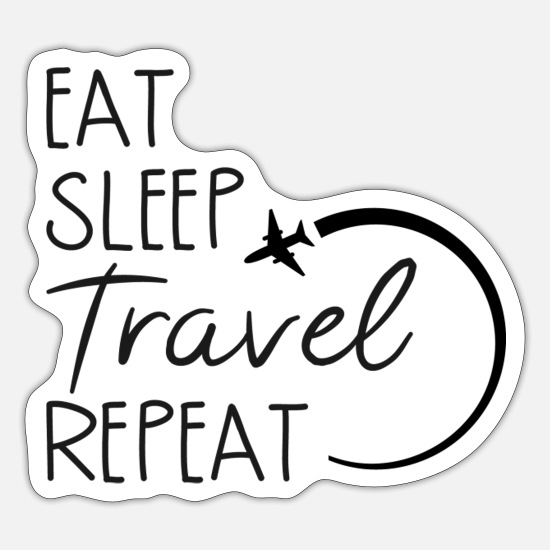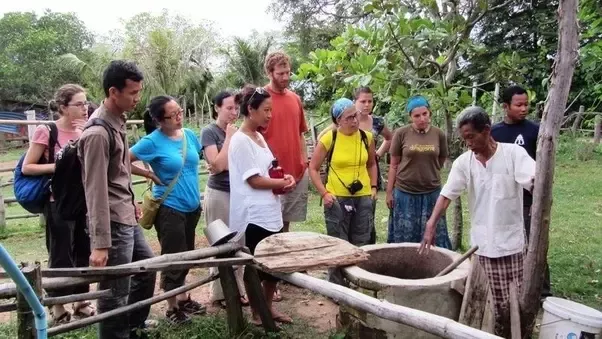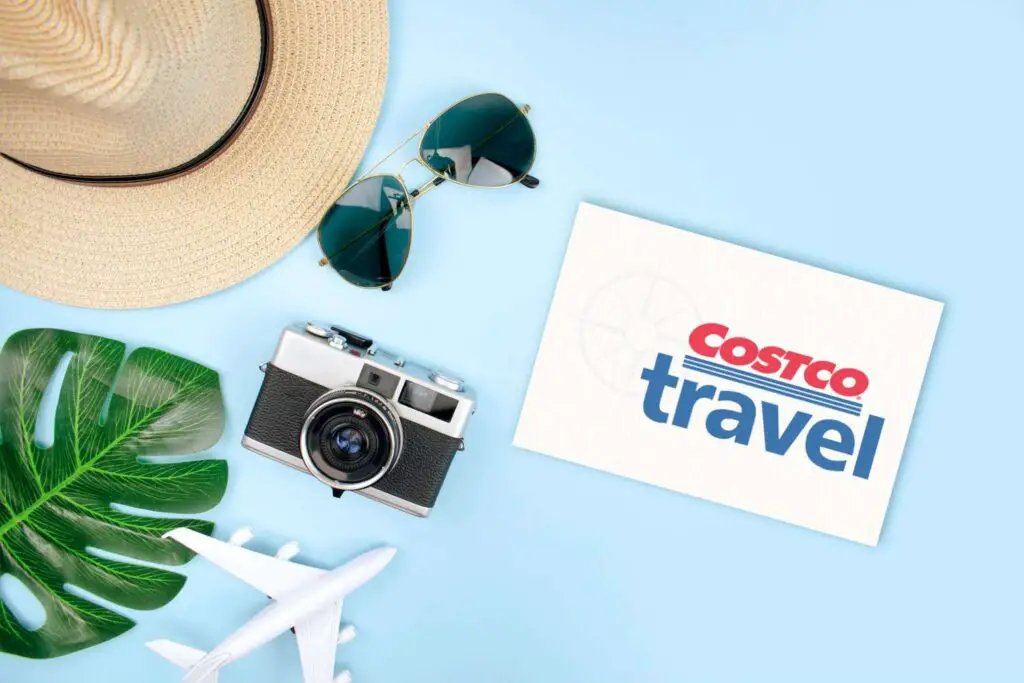Zion National Park, located in south-western Utah, popularly recognized by its stunning natural beauty and diverse landscapes. Zion national park is Utah’s first national park which was established as a national park in 1919. Not just that it spans over 146,000 acres of land and features dramatic sandstone cliffs, canyons, and unique rock formations.
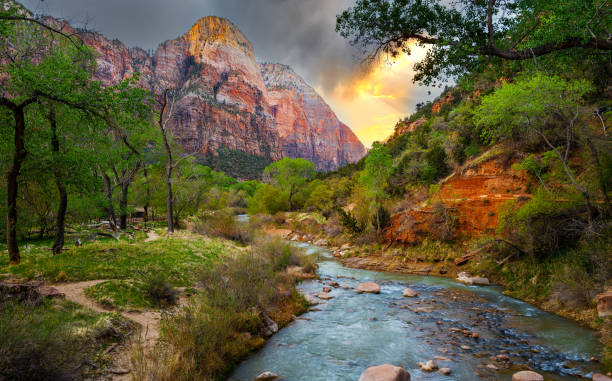
Zion offers tremendous travel activities like hiking, wildlife observation, rock climbing, and camping’s, backpacking, climbing and long trails. Its features include an expansive canyon. Averaging 2,000 feet deep, the park is home to the famous Zion Canyon, carved by the Virgin River. Where visitors can enjoy panoramic views and a variety of outdoor activities with challenging and narrow Subways.
Indulge yourself in the notable in parks landmarks like the iconic Angels Landing and the Narrows, which are more applicable to the exhilarating adventures for outdoor enthusiasts. Zion national parks’ rich ecosystem, wildfires, natural wonders and crazy adventurous activities make it appealing, making it a must-visit destination for nature lovers and adventurers alike.
History, Camping, Hiking, and Weather, Ticket Prices / Entry fees and Wildlife’s in Zion National Park.
1. History
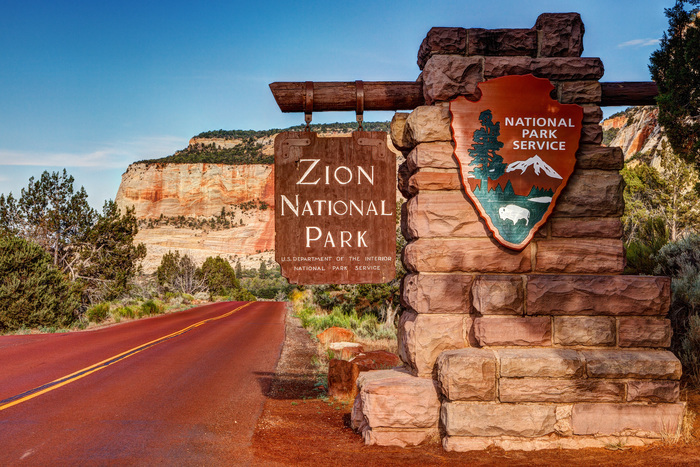
Officially The Zion National Park was established and open to the general public in the year of 1919. Before that park contained a very significant historical background that dates back thousands of years. Approximately 7,000 years ago, a group of Nomadic tribes settled here in the present Zion region. Over a period of time these indigenous peoples slowly adopted the lifestyles from both Virgin Branch Puebloan and Fremont Indian groups. During A.D 1,100 these groups slowly migrated to the Southern Paiute region and started settling there.
In the year of the 1800s onwards Zion National park welcomed European and American settlers. And they gave a name to that region as “Zion” in 1863, which means sanctuary or refuge in the ancient Hebrew language. However, the area was also inhabited by Native American tribes, including the Southern Paiutes, and they started to utilise the land’s resources. Due to its deep spectacular canyons, this protected portion of the Virgin River valley is truly a safe and protected region to wildfires and humans too. The establishment of the park helped preserve its unique geology, flora, and fauna.
2. Camping options

Zion national park is even popularly known for its camping options. Visitors can take camping overnight either solo or group tours. It is important to get some sort of education about the present weather conditions of these campsites. Some campsites get shade for part of the day. During summer temperatures exceed 35℃ and as low as 18℃, both are too challenging to the hikers or campers.
Camping starts from 10:00 AM to 8:00 PM with some amenities allowed options like RV, trailer includes 5th Wheels, Pop up cameras, and cargo. Each campsite allows a maximum of six people and two tents.
Park contains several campgrounds, especially 4;
-
Zion Canyon Campground
Among the camping options, Zion Canyon Campground is the more popular and recommended one. It offers a mix of tent and RV camping with amenities like restrooms and picnic areas. Reservations are highly recommended, due to high demand especially during peak season. Keep in mind, if you like backcountry camping options, it is also available with proper permits.
-
Watchman Campground
Campground which was open year round. But it requires prior booking, usually you need to book 6 months in advance.
-
South Campground
It is not active right now due to its long term rehabilitation projects.
-
Lava Point Campground
This campground is just 1 hour by car from Zion Canyon on the Kolob terrace road. Like the Watchman campground, it also requires advance bookings.
Remember there is no campground available in Kolob Canyons, and Camping is only permitted in designated campsites. Most of the backpackers are visited between mid-March through late November, and these seasons are considered as the fullest one.
3. Weather Forecasts
Zion surely offers a diverse range of weather experiences. Different weather conditions usually temperature vary with the changes in elevation and day or night with the varying temperatures of 30 ℉.
Due to its diverse range of weather patterns, summer months can be quite hot, with temperatures often exceeding 100°F (38°C) in the Zion National Park canyon. And during the spring and fall offer milder temperatures and it is the right season and perfect time to visit. Winter months are exact opposite of the summer months, and during winter can bring snow, particularly at higher elevations, though the lower canyon remains relatively mild.
4. Ticket Prices/ Entry Fees
Ticket price includes Weekly passes, Annual passes and Lifetime passes. Let’s see further detail about these passes;
-
Weekly or 7 days passes
Weekly passes are available to all the visitors irrespective of age and under which are non-transferable as well as it will be issued on the day of purchase. This pass usually gives vehicle receipt as a proof of payment of appropriate Zion National Park fee. Such as;
- For Private Vehicle: $25 (Up to 14 passenger)
- Motorcycle: $12
- Individual: $12 (Those who entering by Bicycle or foot)
- Group: $12 per person
- Individuals who are less than 15 years of age or young: Completely free of cost.
-
Annual Pass
- Zion Annual Pass: $50 (Valid for 1 non-commercial vehicle and up to 12 months from the date of purchase)
- America the beautiful annual pass: $80 (Also known as Interagency annual pass which are permit to 1 non-commercial vehicle to most federal recreational sites)
-
Lifetime Passes
- America the beautiful senior pass:$10 (Lifetime access for all those who attain the age of 62 years)
- America the beautiful access pass: For free ( Lifetime access to all national park for individual with permanent disabilities)
5. Hiking Options
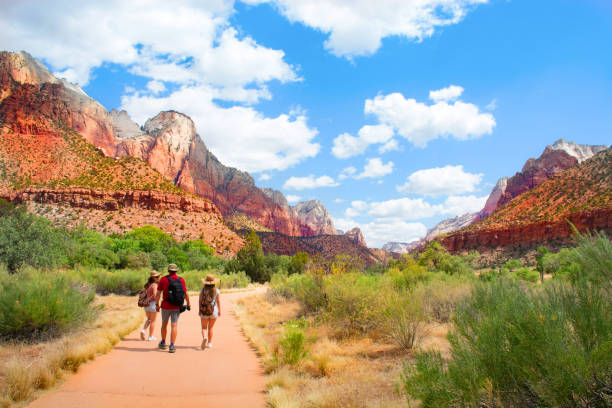
Zion national park is popularly known as world famous hiking options from its easy hiking trails to challenging trails. Out of the famous things to do in Zion National Park, Hiking could be a more adventurous and challenging activity that every backpacker can try. So, let’s see one by one;
-
Easy hiking trails
It includes very easy or less challenging to climb or hike trails. Due to its easiness, this trail is also eligible or called as “Family friend hikes”.
- Emerald pools trails: It contains 1.2 to 2.5 miles of long hiking trails. These trails offer you the lush and picturesque of lower, middle and upper Emerald pools.
- Northgate peak trails: 4.2 miles of long hiking trails widely known for family friend hikes. While hiking this trail surely you are fortunate to see a panoramic view of Zion and excellent summer routes.
- Pa’rus trail: Very easy and short trail option and moreover it is also known as one of the park’s most pleasant strolls. Trail opens up to dogs on leashes, cyclists, and wheelchair accessibility.
- Riverside walks: It is also a family friendly hiking option (2.2 miles long) including places from Virgin River to mouth of Zion iconic slot canyon.
-
Moderate trails
- Canyon Overlook trails: A short hiking trail which includes just 1 mile of journey. Trail opens up you lower Zion Canyon. It is also easy to access Mt. Carmel Tunnel entrance.
- Chinle trail: Offers expansive views and which was a perfect alternative to the escape from any traffic areas to get calm atmospheres.
- Emerald pools trails: Middle upper Emerald pools trails always welcome backpackers due to its lush and picturesque lower, middle and upper Emerald pools.
- Taylor Creek Trail: Known as “Kolob Canyons” A long trail along the middle of the Fork of Taylor. The 5 miles long trail, however, passes through two historic homesteads and ends at Double Arch Alcove.
- The Watchman: Total 2.7 miles of long hiking trail, which passes through overhanging cliffs and stratified rocks layers. It foothills below the watchman and bridge mountains.
-
Challenging trails
Challenging trails always give a more hard and difficult level to hike. It is not suitable for family travellers and most of the solo or adventurous seekers would prefer this sort of hiking trails.
- Angels Landing: It is very hard to climb due to its height and hikers should have courage even if they reach top level. Total 5.4 miles of round trip requires hiking permits.
- The Narrows: A out and back day hike up to the lower section of the Zion Canyon narrows. 9.6 miles of trail, where you can see Fork Virgin River flow under the foot walls of Navajo sandstone.
6. Wildlife
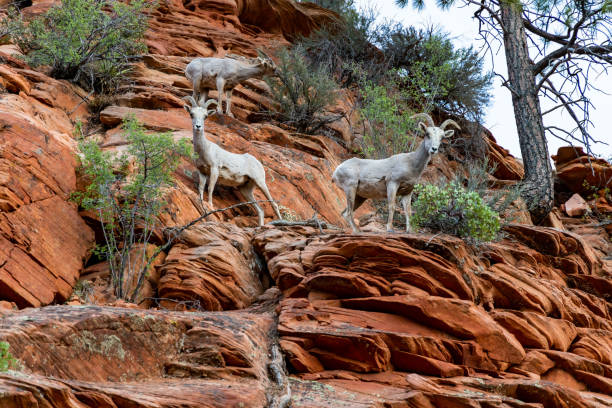
Undoubtedly Zion National Park is home to diverse wildlife, including mammals like deer, bighorn sheep, and coyotes. More Mammals are available to explore here with nature like give birth during young age and produce milk and they have hair in their body.
National Park is home to 68 species of mammals, 291 species of birds, 37 sorts of reptiles and amphibians. From petite Kangaroo rat to Sturdy and surefooted bighorn to sheep park widely welcomes even immigrants birds too. Most common and frequently visible mammals are foxes, mule deer, bats, bighorn sheep and rock squirrels.
Birdwatchers can be a better option to spend time with wildlife here in this park. You will find species such as peregrine falcons and California condors. The park also supports various reptiles and a wide range of plant species, contributing to the ecosystem’s richness.
Zion national park truly a gem especially for adventurous seekers. Offering a wide range of hiking trails, diverse wildfires and crazy camping options give more push to your parks tours. If you are an enthusiastic backpacker looking for a destination where you wish to mix all sorts of travel things in one place, surely Zion national park will be on your bucket list.
Suggested Reads; Glacier National Park
Q: What city is Zion National Park in?
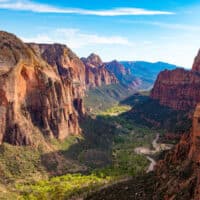
A: Zion national park is located in the city of Springdale, Utah.
Q: What state is Zion National Park in?
A: Zion national park is located in the Utah state of America.
Q: What is Zion National Park known for?
A: Zion national park is known for its expansive canyons, landscapes like red rock formations and diverse fora and faunas. Park also got popular by its camping options, hiking trails and unique geographical formation.
Q: How big is Zion National Park?
A: Zion National Park is 1,48,733 acres of land coverages which was congress during the 1919.
Q: When was the Zion National Park established?
A: Zion National Park was established in the November 19, 1919. But Zion National Monument established in 1937.

